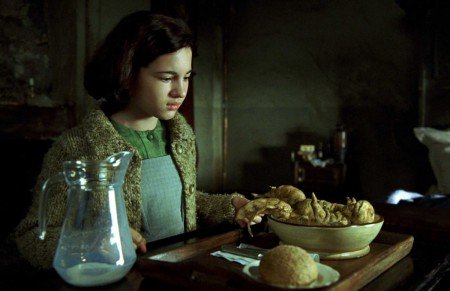This book was a whirlwind of accusations, torture, and faulty information. When I first began, I wondered how an entire town - most of whom seemed to be on good terms with, if not friends with, the Jewish community of Trent - could turn against them so suddenly. It brought to mind the movie Chocolat, where a mother and daughter moved to a small French town and opened a chocolaterie where they sold delicious confections that seemed to have magical healing properties. The mayor tried to turn the town against them, proclaiming them to be ungodly and dangerous. However, unlike Trent, the townspeople realized that the mayor's accusations were unfounded. In Trent, the trial ended in the deaths of most of the Jewish community and the martyrdom on Simon, the little boy who was found dead.
Although I could understand the mob mentality of the Trentini, I could not understand how other towns or higher up authorities could allow the horrors of Trent to occur. Although there was an investigation, it was long after the initial accusations, and it was not as effective as it could have been.
Another thing that surprised me was that the body of Little Simon Martyr was kept in St. Peter's until the 1960's, mostly because I visited the basilica this June. It was odd to think that I had been where the body of the little boy who had caused so much trouble and heartache was kept for nearly 500 years.

